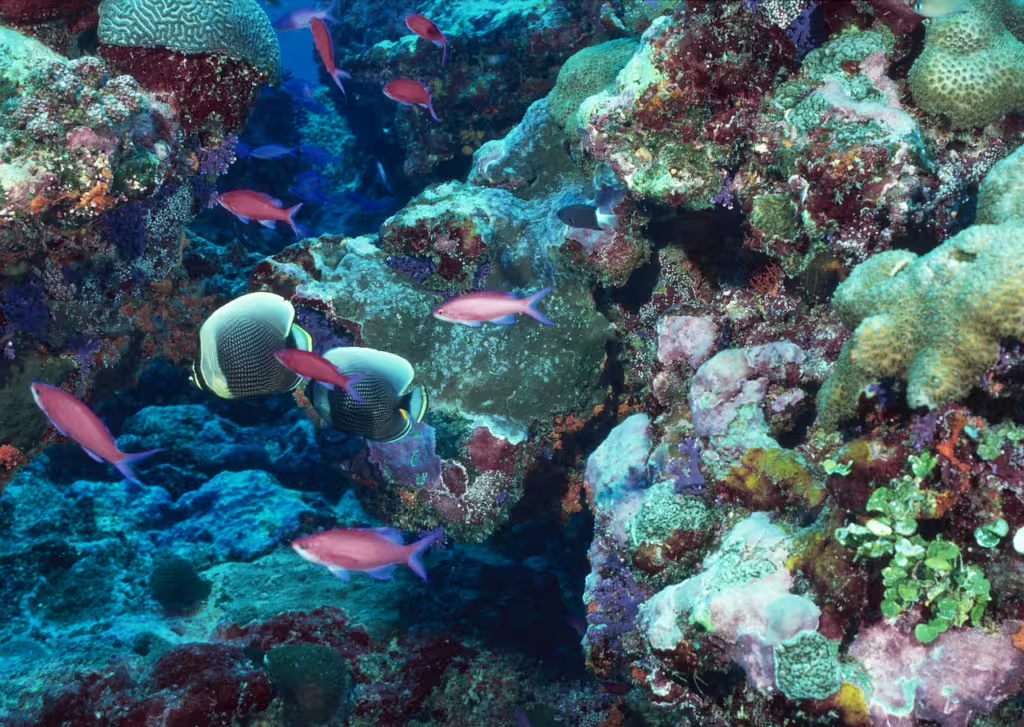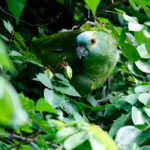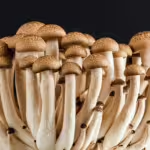Up to this point, our True Investigator World Tour has taken us to some pretty remote and frankly, inhospitable locations. We’ve been to the frigid peaks of the Swiss Alps, traversed the scorching Mojave desert, and slunk through Indonesian jungles. Today, we decided to take our readers to a more picturesque, tropical destination; the Australian coast.
Of course, it being Australia, picturesque doesn’t equate to less dangerous. Venomous sea snakes, ferocious crocodiles, fearsome sharks, and the world’s most painful jellyfish are but a few of the perilous creatures that call the Australian coast their home. Stretching for more than 25,000 kilometers, this massive coastline is one of the most extensive and diverse on the planet. It encompasses several ecosystems of stunning biodiversity, including the crown jewel of the southern seas, the Great Barrier Reef—the largest coral reef on Earth.
In addition to that iconic oceanic biome, the Australian coast encompasses rocky headlands, sandy beaches, mangrove estuaries, and coral atolls; an array of extraordinary ecosystems that hosts everything from tiny seahorses to massive whales. In this article, we will showcase the different ecosystems that line the Australian coast. Along the way, we will highlight a number of unique species that inhabit those niches, as well as the remarkble adaptations they possess. Finally, we will touch on the various ecological problems that are facing this expansive range.
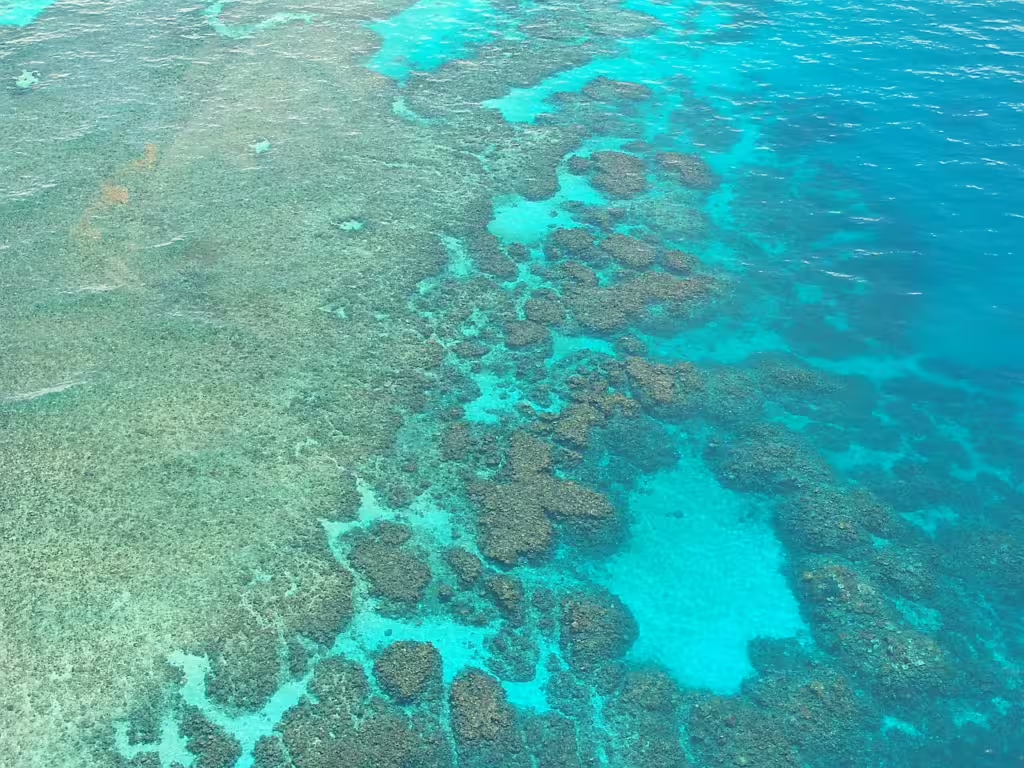
The Coastal and Reef Landscape
Australia’s coast encompass a variety of ecosystems, each providing an essential habitat for numerous plants, animals, and everything in between. Put together, the habitats listed below create a beautiful mosaic of coastal life.
Coral Reefs: These types of ecosystems are what people generally think of when they are discussing the Australian coast. Found mainly in the warm waters of the Coral Sea, coral reefs provide food and shelter for thousands of fish and invertebrate species.
Mangroves and Estuaries: Located a bit inland, these half-forest, half-beach ecosystems often act as nurseries for young fish and crabs. Full of brackish water, these zones are essential locales for many marine life cycles.
Seagrass Meadows: Further afrield, though still coastal, are the seagrass meadows. These underwater fields of kelp and other underwater flora feed dugongs and sea turtles, while also providing shelter for countless smaller animals.
Rocky Shores: The tide pools that are found along the rockier shorelines often house a slew of hardy invertebrates and fish that have adapted to the constant ebb and flow of the tide.
Sandy Beaches: The sandy beaches of Australia are home to surfers a’ plenty but they are also crucial nesting grounds for a number of marine birds and reptiles, including sea turtles.
Coral Reefs: Rainforests of the Sea
The Great Barrier Reef
Though there are several reefs surrounding the Australian continent, the Great Barrier Reef is by far the most popular and the most important. This may be because it is the largest, stretching more than 1,400 miles along the Queensland coast. Often called the “rainforest of the sea” the Great Barrier Reef is the largest living structure on Earth. It is even visible from space!
Within this immense swath of ocean lies a vast range of individual reefs, 2,900 of them to be precise, along with more than 900 islands. Scientists estimate that a full 10% of the world’s fish species dwell in this vast ecosystem. Countless species rely on the reef for food and shelter and it’s very presence prevents erosion along the Australian coast. For human beings, the Great Barrier Reef is also a key piece of Australia’s fishing and tourism industries.
Coral Species
We could go on and on about the marine animals that live in the Great Barrier Reef (and we surely will) but the most important creature that calls the reef home is the coral itself. Over 600 types of coral inhabit this massive reef, from branching staghorn corals to massive brain corals. Their shapes and function create the complex architecture that supports every fish, mollusk, crustacean, and marine mammal that inhabits the ecosystem. In addition, coral symbiosis with algae, called zooxanthellae, which powers reef productivity through photosynthesis and makes up the very base of this vast and delicate food chain.
Signature Animals of the Reefs and Coast
Clownfish (Amphiprioninae)
Immortalized by Disney’s Finding Nemo, clownfish are symbiotic creatures that live in sea anemones. Their mucus-coated skin prevents them from being stung and allows them to live safely within the anemone. Meanwhile, the clownfish’s waste provides their “home” with vital nutrients.
Sea Turtles (Cheloniidae and Dermochelyidae Families)
Six of the world’s seven species of sea turtle live or at least visit the waters surrounding Australia. As a result, Australian beaches, reefs, and seagrass meadows are rife with the miraculous marine reptiles, who use the coastal areas for nesting and feeding, respectively.
Dugong (Dugong dugon)
Known as the Australian “sea cow,” dugongs are gentle herbivores that were once mistaken for mermaids by sailors. Closely related to American manatees, these placid creatures graze on seagrass meadows along the northern Australian coast. They can weigh up to 900 pounds but while they are a sight to behold, they are rarely dangerous to humans. Moreover, they play an essential ecological role in the region, trimming seagrass beds to keep them healthy and prevent overgrowth.
Reef Sharks
We cannot speak about the Australian coast without mentioning sharks at least once. Species like the blacktip reef shark and whitetip reef shark patrol the shallow waters and are vital for maintaining the balance of life in the region. Like most predators, they do this by controlling the populations of smaller animals, mainly fish.
Giant Clams (Tridacna gigas)
Weighing up to 500 pounds, giant clams are ancient, living filters for reef ecosystems. Not only that, but these animals also host symbiotic algae within their tissues; just like coral.
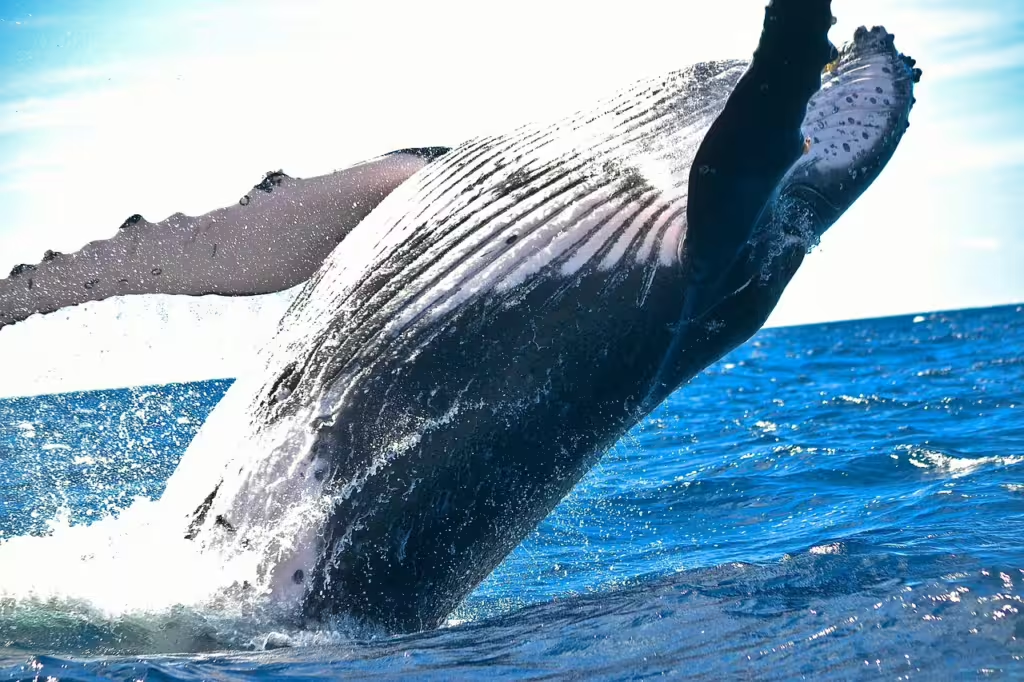
Saltwater Crocodile (Crocodylus porosus)
Once agin, we come to an Australian mainstay. Though not reef animals, saltwater crocodiles are capable of swimming out to sea. Most of the time. however, they roam coastal rivers and estuaries across much of northern Australia. As apex predators, these creatures keep fish, bird, and mammal populations in line.
Sea Snakes (Hydrophiinae Subfamily)
Australia’s reefs are home to more sea snake species than anywhere else on Earth…which honestly tracks for Australia. Though venomous, these marine reptiles are generally non-aggressive with humans. They di however love to feed on fish and eels, which helps keep those populations in check.
Seabirds
Terns, frigatebirds, and many other seabirds rely on coastal ecosystems for food and breeding purposes. Many of the islands along Australia’s coast are used as nesting colonies. Moreover, seabirds actually link ocean and land ecosystems, because they transport the nutrients they gain eating fish in the form of their droppings, which then go on to fertilize island vegetation.
Adaptations to Coastal and Reef Life
Camouflage
Many reef fish, such as angelfish and parrotfish have evolved brilliant colorations that allow them to blend in seamless with the vibrant coral backdrop of their habitats. Others, like flatfish and cuttlefish, can actually change their appearance entirely in order to match whatever surroundings they swim into.
Symbiosis
Clownfish and anemones, cleaner wrasses and their client fish, corals and algae both represent the power of symbiosis in coastal ecosystems. Indeed, these marine ecosystems are chock-full of partnerships that benefit both species.
Migration
Humpback whales and green turtles have been known to migrate thousands of miles, timing their journeys with breeding and feeding cycles so that they arrive along the right coast at just the right time.
Tidal Adaptations
On rocky shores, creatures like limpets and crabs have proven capable of clinging tightly to rocks so that they might withstand the pounding waves and endless pull of the tides. Meanwhile, most intertidal species endure both submersion and exposure to air and have evolved ways to breathe in either situation.
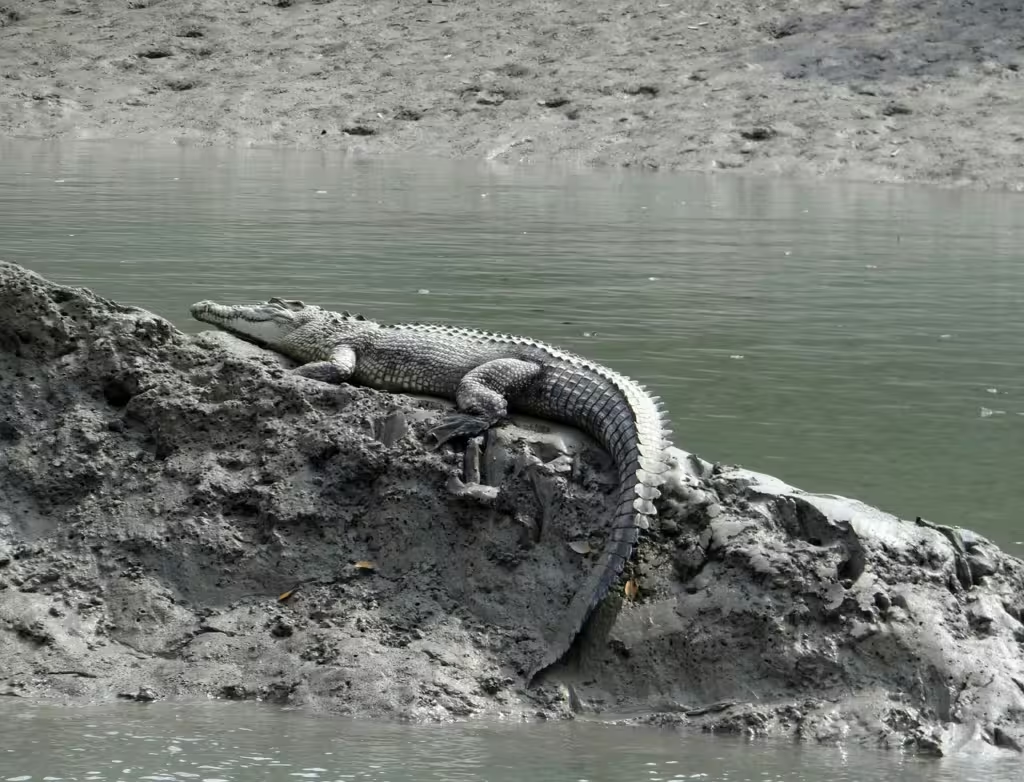
The Role of Invertebrates
While we could go on and on about the more charismatic creatures found in the reef, the bulk of the coast’s biodiversity is made up of invertebrates. This includes, sponges, crustaceans, cephalopods like octopi and squids, jellyfish, anemones, and many, many more!
Conservation Challenges
Sadly, the presence of human beings has had an exponential, negative impact on many parts of the coastal region.
Coral Bleaching
Climate change is the largest ecological issue facing our world today. It warms the oceans and alters weather, both of which can wreak havoc on coral reefs. Ocean warming, in particular, is particularly devastating, as it stresses corals and leads them to expel their symbiotic algae. As a result of the inexorable increase of global warming, large-scale bleaching events have rendered much of the reef uninhabitable. Recent decades have vastly reduced coral cover and threatened biodiversity on a massive scale.
Pollution
Pollution from agricultural runoff, plastic waste, and oil spills are a constant threat to marine and terrestrial ecosystems. As they make their way to the ocean, these compounds can degrade coastal and reef habitats, changing water chemistry, smothering coral, and disrupting or outright poisoning marine life.
Overfishing
Humane beings are greedy creatures and we are legion. The ever-increasing human population has led to an increased need for seafood and reseoruces, leasing to overharvesting across the board. The excessive harvest of reef fish has already caused disruptions all over the region, while accidental bycatch harms turtles, dolphins, sharks, and seabirds.
Conservation Efforts
Despite threats, Australia lead is doing what it can to make a concerted, conservational effort to help their coastal ecosystems. Indeed, their methods and programs lead many global conservation initiatives the world over. There are many marine protected areas within the Great Barrier Reef that are off-limits to fisheries and divers. Meanwhile, many scientists and ecologists are working to regrow the reefs, transplant coral, and track the health of the marine ecosystems through study. Finally, Australia’s insistence on sustainable tourism is helping reframe the conversation about what is considered “minimal impact” in natural, protected habitats.
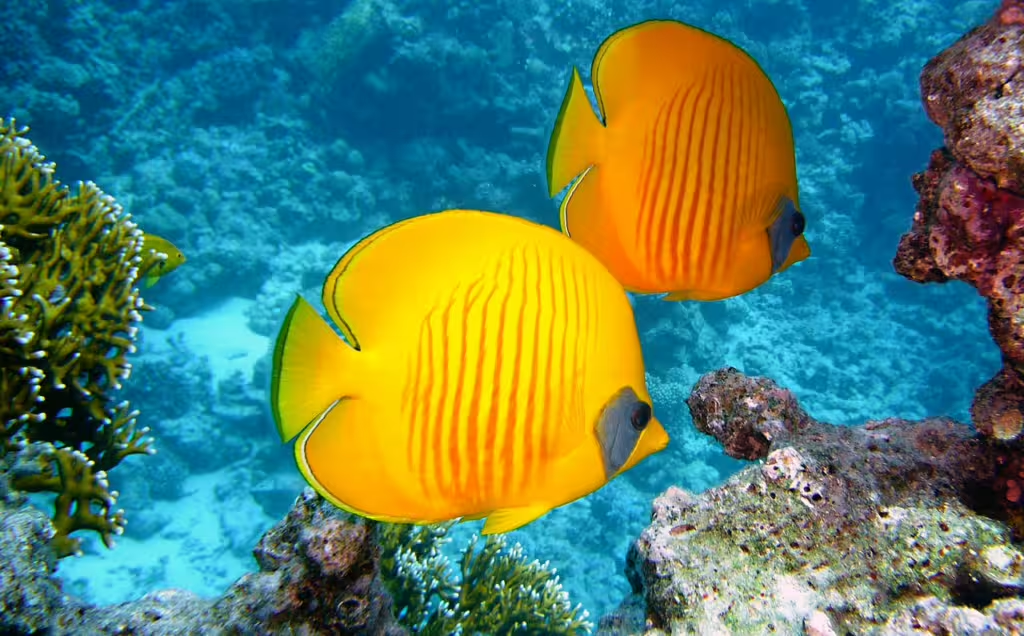
True Investigator Says…
As you can see, the Land Down Under isn’t all Outback and marsupials. The rim of the continent itself is awash with a vast array of coasts, reefs, and beaches that are teeming with life. The Australian coast is, itself, a wonder of the natural world, a place where dazzling coral cities, sweeping migrations, and extraordinary adaptations play out daily. Within these many ecosystems the interweave of biodiversity is the key to the proliferation of life.
Sadly, these environments also face unprecedented threats from human beings. Climate change, pollution, and overfishing are pushing their inhabitants to the brink and protecting them is becoming a matter of ultimate importance. As ever, the job of protecting our planet from ourselves falls to humankind. If we want to continue to visit and explore paradises like this, we need to do our part to undo the damage we’ve caused.
Discover more from TrueInvestigator
Subscribe to get the latest posts sent to your email.
